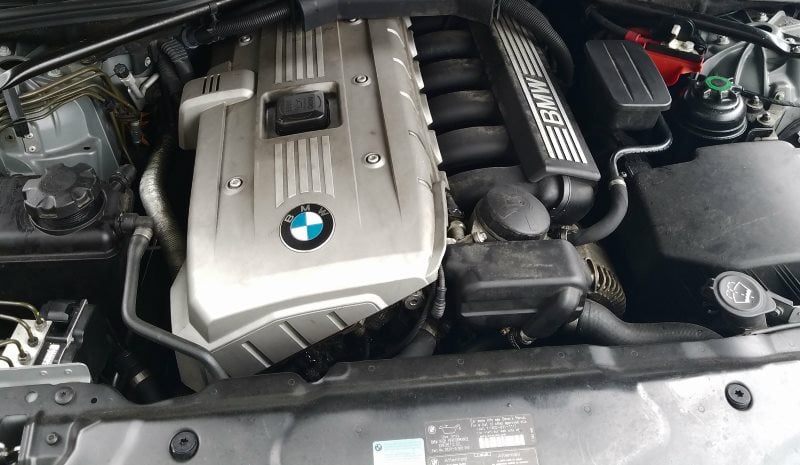BMW Battery Light On: What it Means & How to Fix a Charging Malfunction
The BMW battery light is an important indicator of the car’s charging system. If the battery light turns on while driving, it indicates a charging malfunction and could mean the alternator is not working properly. It is important to address this issue promptly, as driving for an extended period with a malfunctioning alternator can result in a dead battery and potentially cause further damage to the vehicle’s electrical system.
If the battery of your BMW malfunctions, pull over as soon as it is safe to do so, disengage all non-essential electrical equipment, and unplug any chargers plugged into the cigarette outlet and USB ports. Switch off the heated seats. If necessary, turn off the rear window defroster and the blower fan. It is important to remember that the vehicle may not restart and must be towed to an auto mechanic or repair shop.
Symptoms
All newer BMWs use various monitoring systems to ensure balanced and efficient charging. The monitoring system will alert the driver with a charging malfunction warning message on the iDrive display in case of a problem. Additionally, there will be a red battery icon illuminated on the dashboard.
Possible error messages and symptoms include:
- Battery light on
- Charing system malfunction on iDrive
- The battery is not being charged; stop Carefully.
Common Problems

A faulty alternator or weak battery causes most BMW charging system problems. To troubleshoot your BMW battery problems, check the charging system to determine if the battery and alternator function properly. The next step would be to use a YOUCANIC Full System scanner to read the fault codes via the diagnostic port under the dashboard on the driver’s side.

Common problems that trigger BMW battery warning lights include:
- Battery – A car battery usually lasts between three to five years. However, maintenance, driving habits, and a car’s electrical system’s general condition can shorten battery life. Another major influence is the weather, as very low or high temperatures significantly impact. Lastly, Wet cells or flooded batteries require maintenance, as a certain amount of electrolyte will vent into the atmosphere.
- Loose connection – Battery terminals can corrode over time, depending on the conditions. If you notice corrosion buildup on battery posts and clamps, clean them up as soon as possible. Not only does this will extend the life of your car battery, but this will also ensure that it has enough charge. You can scrub off the buildup with a toothbrush, baking soda, and water.
- Corrosion – The car’s electrical system is grounded to the chassis at several points. If this connection is not firm and snug, it can cause bad ground. Another common problem is corrosion. This will lead to various electrical issues, with charging problems being one of them. In most cases, a nut that holds the cable attached to the chassis goes loose or corrodes. Also, check the grounding cables for damage or corrosion.
- Serpentine Belt – An accessory or a serpentine belt uses engine power to spin the alternator. If this belt breaks, the alternator will not rotate and generate electricity. Also, the car will lose power steering and air conditioning. Lastly, as a coolant pump will not work, the engine will overheat quickly. Similar problems are possible if the belt tensioner weakens, causing a loose and slipping serpentine belt.
- Alternator – When your alternator does not generate the required current, the battery light on the dashboard will come on, along with a warning message on iDrive.
You might be confused about whether the problem is with the battery or the alternator.
To determine what is causing the problem, visit an auto parts store to perform a charging system test or use a Charging System analyzer to check the battery and charging system yourself. If a charging system analyzer is unavailable, use a voltmeter to check the battery and alternator.
This simple test procedure will give insight into the battery’s condition and the electrical system.
- While the engine is off, measure the voltage between the battery terminals. A good battery that holds the charge will be between 12V and 12.5V. On the other hand, readings below 11.5V show either a bad battery or the alternator not charging sufficiently.
- Repeat the measuring procedure with the engine turned on and idling. A good alternator will produce between 13.5V and 14.5V. Anything significantly below or above these values indicates a charging problem.
Don’t ignore the BMW warning light. Do not continue to drive with the battery light on, as there is a high risk the vehicle may shut off unexpectedly while driving.
If the BMW battery warning light on the dashboard comes on while driving and iDrive displays a warning message, the charging system is not working properly. The problem is likely a bad alternator or battery, but the fault may be something other than these two components.
We hope you find the BMW Battery Light On | Charging Malfunction guide helpful. Check these troubleshooting and repair guides for more help on your BMW.





